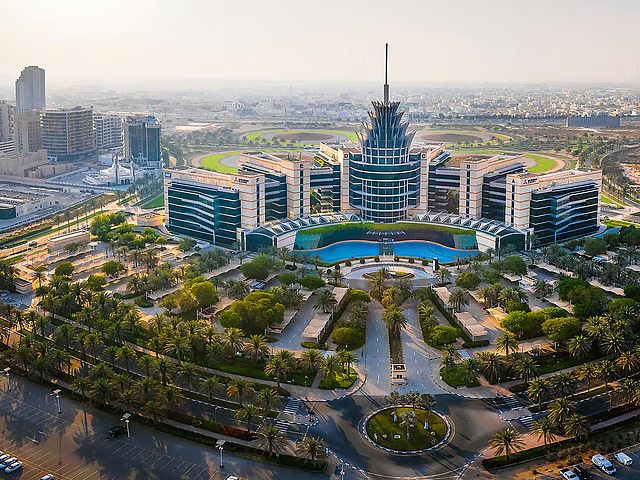Dubai: If you have been expecting another rent increase, there is some good news: not every Dubai neighborhood is becoming more costly. In fact, some have quietly gotten more affordable.
Bayut’s Dubai Property Market Report for Q3 2025 states that “rental costs for inexpensive and mid-tier flats have decreased by up to 5% in various popular districts.” The change is a welcome respite for tenants and an indication that Dubai’s rental market is finally stabilizing.
Apartments are now becoming cheaper.
If you rent in Bur Dubai, Arjan, or Dubai Silicon Oasis, you may have noticed that rents have dropped by up to 5% this quarter. These are among the few neighborhoods in the city where increased fresh supply and sustained demand allow tenants to negotiate.
Bayut observes that tenants are becoming more thoughtful in their decisions. Many people prioritise space, amenities, and total value over location. As new buildings continue to deliver units in the coming months, the increasing supply is helping to level down prices in the mid-market segment.
According to Bayut CEO Haider Ali Khan, the adjustments indicate rising market maturity: “Dubai’s real estate market continues to display stability, supported by sustained demand and new handovers that provide various housing options.”
He also mentioned that tenants are becoming more strategic about their choices. “We have seen renters prioritize space, amenities, and long-term value over short-term trends,” Khan explained.
Renters who have been thinking about upgrading, such as from a studio to a one-bedroom, may want to act now.
Villas: Still high in several areas
However, the villa market does not follow the same pattern. While cheap options in DAMAC Hills 2 and Dubai South have remained stable, certain mid-tier communities have experienced significant increases.
In Arabian Ranches 3, “rents for four-bedroom villas surged by as much as 47% due to high family demand and new handovers in Caya 2,” Bayut reported. Family demand remains strong in mature villa regions, while restricted inventory in core districts keeps prices high.
So, although apartment renters are beginning to feel relieved, villa occupants may have to wait longer for prices to stabilize.
Your rent money can go farther.
If you are looking for a destination where your dirhams can go a bit further, several options stand out right now.
DAMAC Hills 2 remains one of Dubai’s most cheap villa neighborhoods, with huge properties priced significantly below the city average.
Dubai South remains a terrific value, particularly for those working near Expo City or the expanding logistics and technology zones.
International City and Discovery Gardens remain among the most affordable apartment neighbourhoods, providing functional living without the high central-city pricing.
According to Bayut’s research, these identical neighborhoods provide significant rental returns. “Affordable regions like International City and Discovery Gardens have some of the best gross rental yields in Dubai, averaging approximately 8%,” according to the survey.
Buyer interest and sales remain robust.
As rents stabilize, Dubai’s property sales remain steady. Demand is high in Jumeirah Village Circle (JVC), Business Bay, and Dubai Marina, where buyers are enticed by continuous rental demand and long-term growth.
According to Bayut, “the general sales market continued to perform steadily in Q3 2025, with most popular localities experiencing small gains in average property prices.” More residents are considering owning rather than renting, especially in places where property prices have plateaued.
This consistent movement indicates that the market is maturing, pushed by both end users and investors.
Property outlook for 2026
Bayut saw the pattern as a sign of healthy progress: “The UAE property sector has entered a period of prolonged stability, where constant demand and continued development are building a more mature, sustainable market.”
With more supply on the way and the economy developing, 2026 may provide more choice and dependability for tenants.
For the time being, however, tenants finally have some breathing room—and for the first time in years, some can even look forward to spending a bit less.
